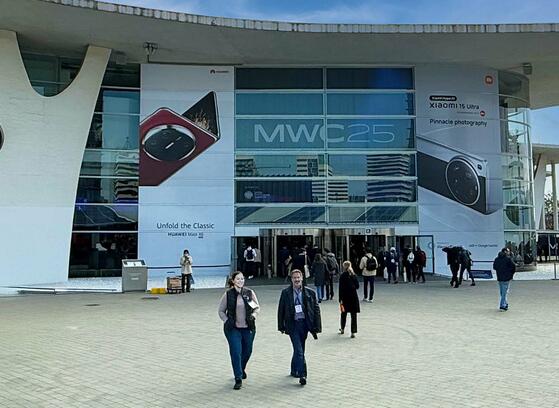By Marc Lippe, Director, Worldwide Corporate and Field Marketing, Infovista
This week, the GSMA is hosting Mobile World Congress 2013 in Barcelona, Spain, and with the rapid-fire evolution of mobile technology in the last five years, there is perhaps no better venue for game-changing innovations and forward-thinking.
Two keynote speakers in particular touched on the core issues facing the mobile world right now. Randall Stephenson, president and CEO of AT&T, discussed the "warp speed" at which we have progressed from 2G to 3G to 4G/LTE in the last half-decade. The focus has shifted from the hardware mobile users hold in their hands to the networks that power communication and content delivery. As the demands of consumers continue to rise in terms of deliverable services and media consumption, spectrum policy and the ability to build out next-generation networks will ultimately fuel innovation moving forward. And as the bandwidth pressure on these networks increases, the need to optimize bandwidth will be critical if they are to truly be better, rather than merely more of the same.
Meanwhile, Telefonica Executive Chairman and CEO Cesar Alierta noted that only 17 percent of his company's current subscribers have a smartphone. Like the unprecedented growth from 2G to 4G/LTE, Alierta sees the potential for the same expansion when it comes to more mobile users adopting smartphones and demanding robust network services. The prospect of getting ever more smartphone users has significant implications for bandwidth consumption and data transfer, which again puts the spotlight on making the most of existing network resources and efficient network planning to optimize resources and capacity.
Both executives have shown that their focus in the coming years will be on exceeding customer expectations and delivering the most rewarding mobile experiences possible. Stephenson correctly pointed out that no other industry has more potential and can contribute to the shaping and growth of society than telecoms.
And, for communications service providers (CSPs) that are dealing with ever-increasing user demand straining LTE and LTE-Advanced networks to their limits, many are turning to small cells in an effort to bolster capacity. Through software like Mentum Planet, these critical components can be tied together, enabling operators to efficiently design, manage and optimize small cell initiatives. This, along with SON systems "that serve to automate RAN" management and optimization, will help operators meet the high standards mobile users have come to expect with regards to quality of experience.
The ability to monitor and predict network performance, traffic loads and available capacity will allow CSPs to avoid over-provisioning of resources and instead focus CAPEX and OPEX where there is real need. The result will be more cost-effective, efficient mobile networks that are better-equipped to meet customer expectations and keep pace with an industry that if forging ahead at breakneck speeds.










